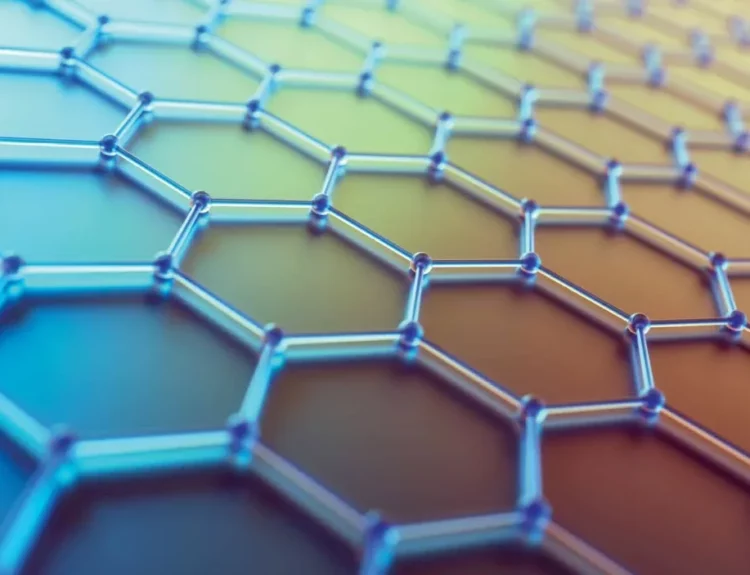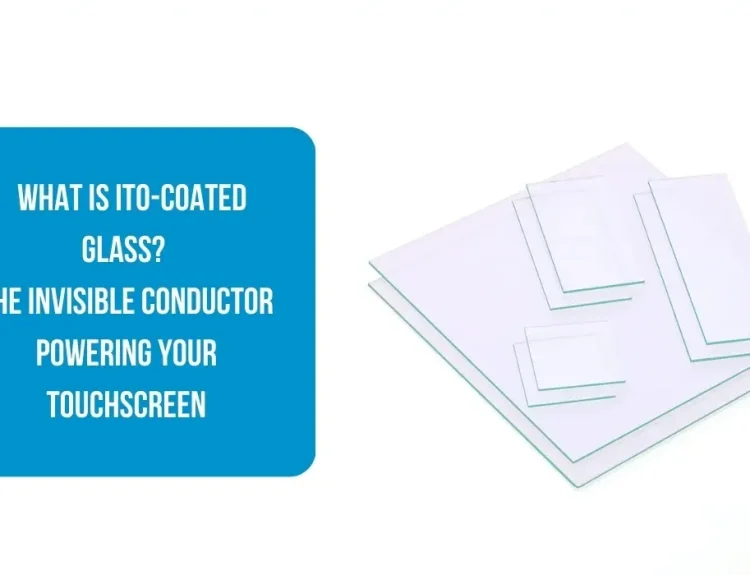FTO (Fluorine-doped Tin Oxide) coated glass is a particular type of glass with a transparent, conductive coating. It is widely used in solar cells, touchscreens, and other electronic applications. Recently, researchers have started combining FTO-coated glass with emerging nanomaterials to unlock new possibilities and improve its performance in advanced technologies.
What are Nanomaterials?
Nanomaterials are materials with very tiny structures, usually measured in nanometers (billionths of a meter). These materials have unique properties, like higher strength, better conductivity, or increased reactivity, compared to their bulk counterparts. Examples include:
- Graphene: A single layer of carbon atoms known for its exceptional conductivity and strength.
- Quantum Dots: Tiny semiconductor particles that can emit light of specific colors.
- Nanotubes and Nanowires are tiny cylindrical structures with unique electrical and mechanical properties.
Here is list of Best FTO Coated Glass Manufacturers
Why Combine FTO Glass with Nanomaterials?
- Enhanced Conductivity: Nanomaterials like graphene or carbon nanotubes can increase the electrical conductivity of FTO glass, making it more efficient in devices like solar cells or sensors.
- Improved Transparency: Combining with nanomaterials can help maintain or even enhance the transparency of FTO glass, which is crucial for applications like displays and windows.
- New Functionalities: Nanomaterials can add new features, such as anti-reflective properties, self-cleaning surfaces, or enhanced catalytic activity.
- Cost Reduction: Some nanomaterials can reduce the need for expensive raw materials while improving performance.
Applications of FTO Glass and Nanomaterials
Solar Cells
- Dye-Sensitized Solar Cells (DSSCs): Graphene and carbon nanotubes combined with FTO glass improve light absorption and electron transfer, enhancing solar energy conversion efficiency.
- Perovskite Solar Cells: Nanomaterials like titanium dioxide (TiO₂) nanoparticles on FTO glass boost the stability and efficiency of these advanced solar cells.
Electrochemical Devices
- Batteries and Supercapacitors: Nanomaterials on FTO glass act as excellent electrodes, offering better energy storage and faster charge/discharge cycles.
- Water Splitting: Nanomaterials like platinum or nickel nanoparticles on FTO glass enhance water splitting into hydrogen and oxygen, contributing to clean energy production.
Smart Windows and Displays
- Nanomaterials combined with FTO glass create smart windows that adjust their transparency based on light or temperature.
- In touchscreens, graphene and FTO glass improve sensitivity and durability.
Sensors and Detectors
- FTO glass coated with nanomaterials is used in gas sensors, biosensors, and chemical detectors due to its high sensitivity and quick response.
Challenges and Research Directions
- Compatibility: Ensuring the nanomaterials adhere well to the FTO coating without losing their unique properties.
- Scalability: Developing cost-effective methods to produce these advanced materials on a large scale.
- Durability: Improving the long-term stability of nanomaterial-enhanced FTO glass in harsh conditions.
Researchers are exploring these challenges to make this combination more practical for everyday applications.
Conclusion
Combining FTO-coated glass with emerging nanomaterials represents a promising step forward in science and technology. By enhancing the properties of FTO glass, nanomaterials could lead to better solar cells, sensors, and smarter devices.
As research progresses, these innovative materials will likely play a key role in creating sustainable, cutting-edge technologies that benefit our world.







